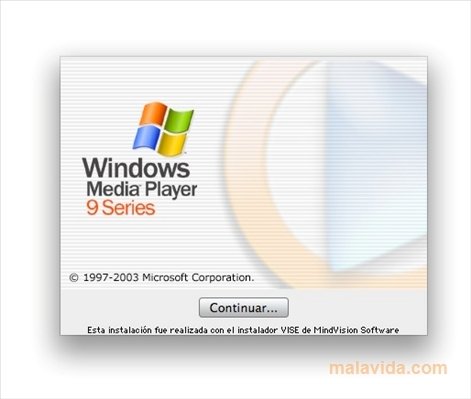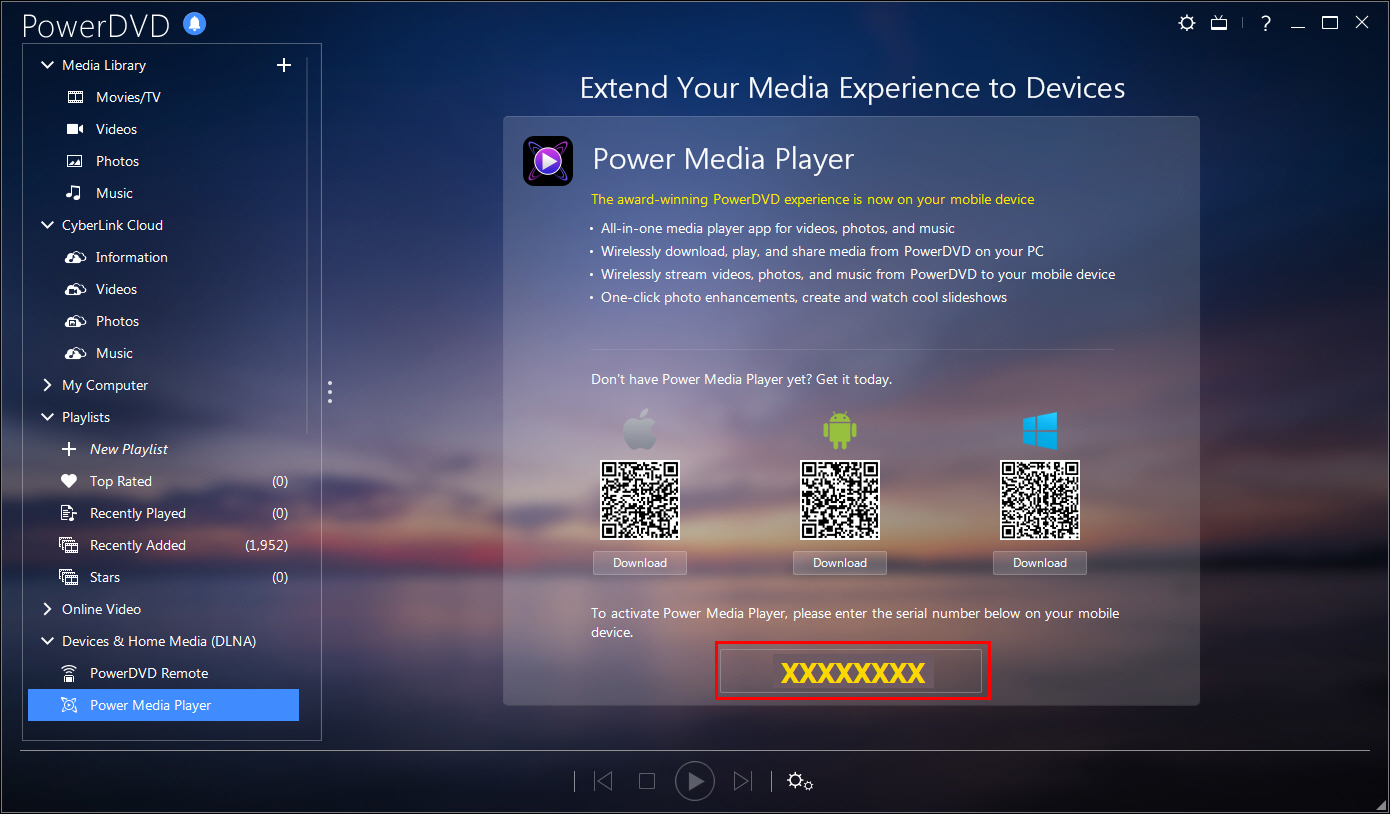

Windows Media player should now be reinstalled.Our rundown test used a Toshiba Radius 12 with a Core i7 Skylake CPU and 12-inch UltraHD 4K resolution screen.įor my testing platform, I picked Toshiba’s new Radius 12 running Windows 10. The laptop gave me Intel’s latest Skylake CPU, a moderately sized battery, and, with its 4K panel, the low end of run time. Scroll down and expand Media Features, select the Windows Media Player check box, and click OK. Windows Media Player should be uninstalled. Scroll down and expand Media Features, clear the Windows Media Player check box, and click OK. If you want to reinstall Windows Media Player, try the following:Ĭlick the Start button, type features, and select Turn Windows features on or off.

For Windows 7 N or KN editions, get the Media Feature Pack. Included in Windows 7 Starter, Home Premium, Professional, Ultimate, and Enterprise editions. Windows Media Player isn't available for Windows RT 8.1. For Windows Media Player 12 for Windows 8.1 N and KN editions, get the Media Feature Pack. Go to the DVD playback for Windows page to find out how to add DVD playback to Windows 8.1. Included in Windows 8.1 and Windows 8.1 Pro, but doesn't include DVD playback. Go to the DVD playback for Windows page to find out how to add DVD playback to Windows 10.

To do that, select the Start button, then select Settings > Apps > Apps & features > Manage optional features > Add a feature > Windows Media Player, and select Install.ĭVD playback isn't included. In some editions of Windows 10, it's included as an optional feature that you can enable.

Included in clean installs of Windows 10 as well as upgrades to Windows 10 from Windows 8.1 or Windows 7. (If you've got a Mac, you can download Windows Media Components for QuickTime to play Windows Media files.) Use this table to find the right version of the Player for your system. Windows Media Player is available for Windows-based devices.


 0 kommentar(er)
0 kommentar(er)
